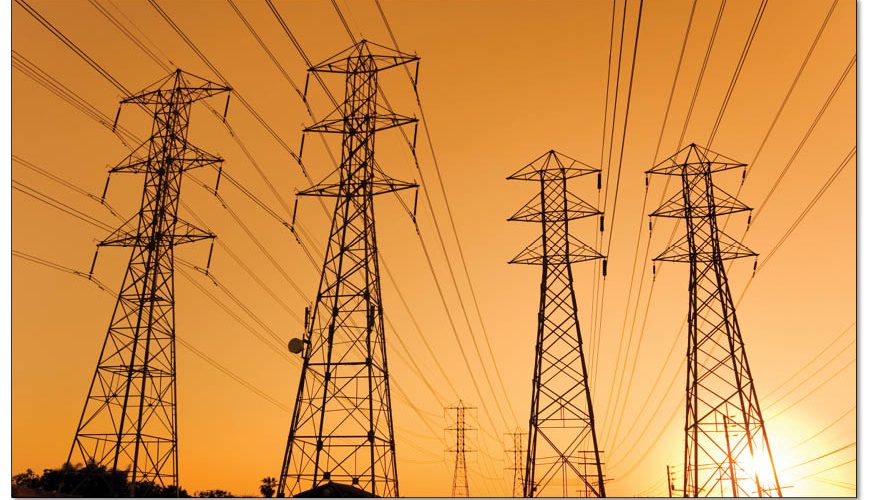More trouble may be lurking for India’s stressed power sector in the next three years as the nation crawls towards its renewable energy targets in search of blue skies. If the country were to achieve at least 130-gigawatt renewable capacity by 2022, that would hurt demand for coal-powered producers. The plant load factor—the proportion of output to installed capacity— of thermal units could drop to 35-40 per cent, according to a vision document of the Power Ministry. It’s lower than 55 per cent—the minimum required by the Central Electricity Authority. The thermal power industry’s plant load factor has already fallen from 77 per cent to 61.01 per cent in the last 10 years. And a further decline could mean less income for at least some thermal units. Already, financial institutions
Projects that have long-term purchase pacts won’t suffer much as these have a mechanism to compensate them, according to Kameswara Rao, partner (energy, utilities and mining) at PwC India. Electricity generators that don’t have such agreements and sell in the spot market won’t be able to find a market, he said. That will impact the return on equity—a measure of profitability. The Central Elec
Can India Achieve 130GW?
India is home to some of the cities with the world’s most toxic air, and coal-fired plants are the biggest contributors. The nation has committed to turn 40 percent of energy capacity away from fossil fuels by 2030 under the Paris Agreement, besides turning nearly 30
About 80-gigawatt, nearly a fifth of the power the nation can generate, comes from clean sources as India added 8.53GW renewable capacity in 2018-19. Nearly 50GW of solar and wind projects are under various stages of bidding and implementation, RK Singh, minister of power with independent charge, said in response to a query in Rajya Sabha this month
Can Discoms Bear The Burden?
Inability to hike tariffs, under-recoveries linked to power theft and sops announced by governments ahead of elections left the state-run
In such a situation, expecting
















Add comment